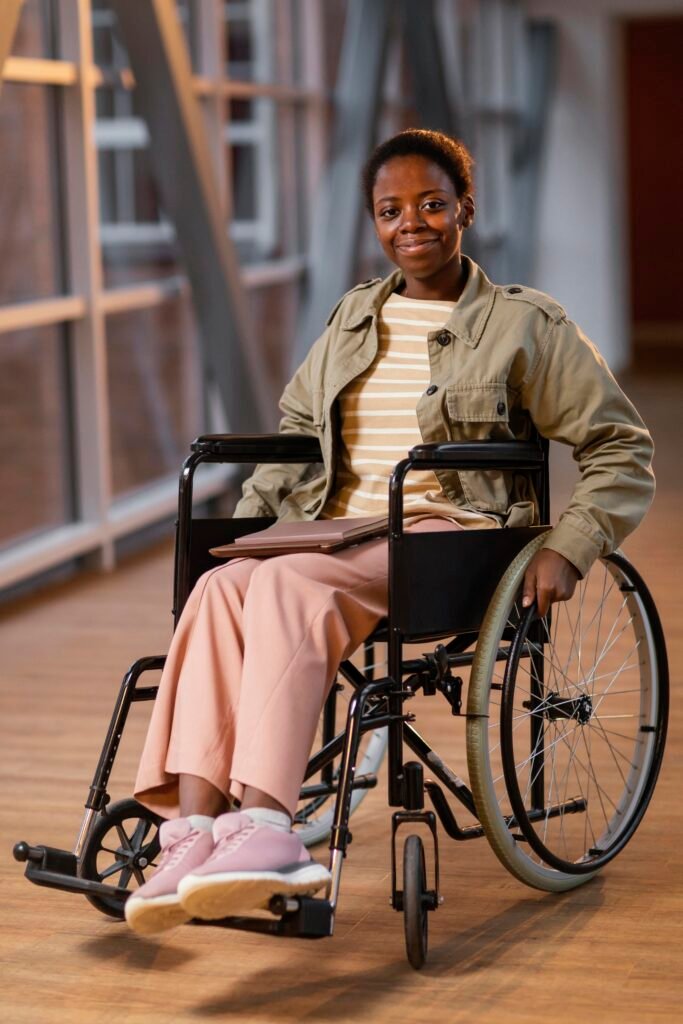Cerebral palsy (CP) is a neurological disorder that affects body movement, muscle control, and coordination. It is caused by damage or abnormalities in the developing brain, often occurring before or during birth, but it can also result from injury or infection in early childhood. The condition is non-progressive, meaning the initial brain damage does not worsen over time, but its manifestations can change as a child grows. Individuals with cerebral palsy may experience a range of challenges, including difficulties with motor skills, muscle tone, and posture.
The severity of symptoms varies widely, with some individuals having only mild impairments while others may face more significant limitations. Despite its impact on physical function, cerebral palsy does not affect intelligence, and many individuals with CP lead fulfilling and productive lives with appropriate support, therapy, and interventions tailored to their unique needs. Early diagnosis and intervention are crucial in managing the condition and improving outcomes for individuals with cerebral palsy.
Benifit of Cerebral palsy
While cerebral palsy (CP) presents unique challenges, individuals affected by this condition can still lead fulfilling lives with appropriate support and resources. Specialized therapies, such as physical therapy, occupational therapy, and speech therapy, play a crucial role in helping individuals with CP enhance their motor skills, communication abilities, and overall independence.
Assistive devices, such as braces, walkers, or communication aids, can further aid in overcoming physical limitations. In addition, advancements in technology have opened up new possibilities for people with CP, providing tools and devices that promote accessibility and communication.
Supportive communities and advocacy groups contribute to creating a more inclusive environment, fostering a sense of belonging and understanding. With early intervention, access to tailored educational programs, and a supportive network, individuals with cerebral palsy can achieve their full potential and contribute meaningfully to society. Embracing diversity and promoting inclusivity are essential steps towards ensuring that everyone, regardless of ability, can participate in and benefit from all aspects of life.

Cerebral palsy F&Q's
Cerebral palsy is a group of neurological disorders that affect movement, posture, and muscle coordination. It is caused by damage to the developing brain, often before or during birth.
Common symptoms include muscle stiffness or floppiness, impaired coordination, difficulty with balance, and involuntary movements. The severity and combination of symptoms can vary widely.
Cerebral palsy is primarily caused by brain damage, which can result from factors such as prenatal infections, complications during birth, lack of oxygen, or genetic factors. In some cases, the exact cause may not be identified.
Currently, there is no cure for cerebral palsy. However, various treatments and therapies, such as physical therapy, occupational therapy, and medications, can help manage symptoms and improve quality of life.
Cerebral palsy can impact daily life by affecting mobility, communication, and independence. Individuals with cerebral palsy may face challenges in activities like walking, dressing, and eating. Supportive interventions and assistive devices can enhance their abilities.
The life expectancy of individuals with cerebral palsy is generally similar to that of the general population. Advances in medical care and therapy have improved the quality of life for many people with cerebral palsy, allowing them to lead fulfilling lives. Life expectancy may be influenced by associated medical conditions and the severity of symptoms.
